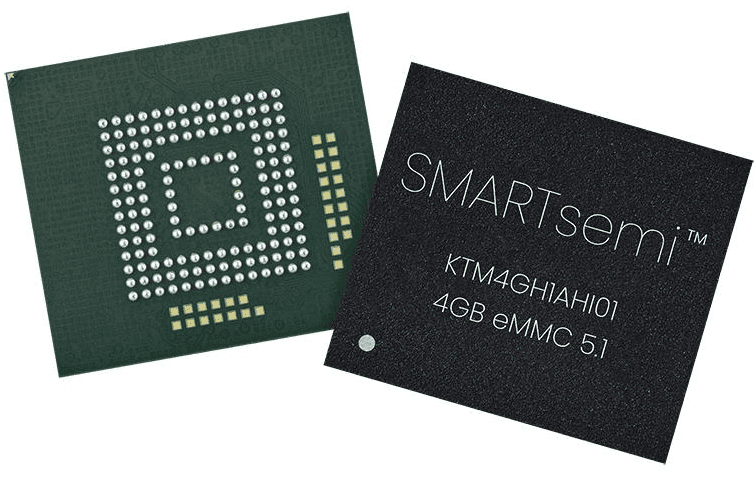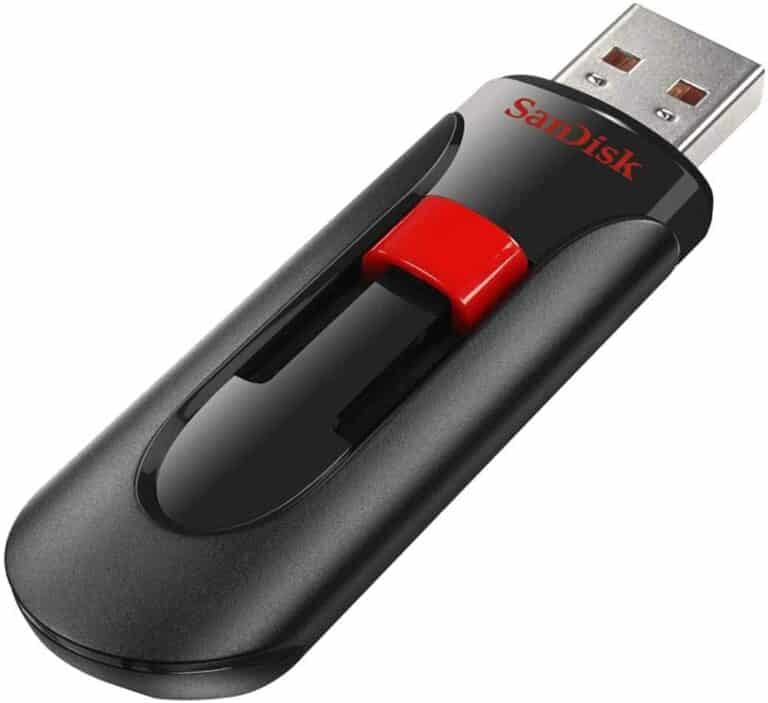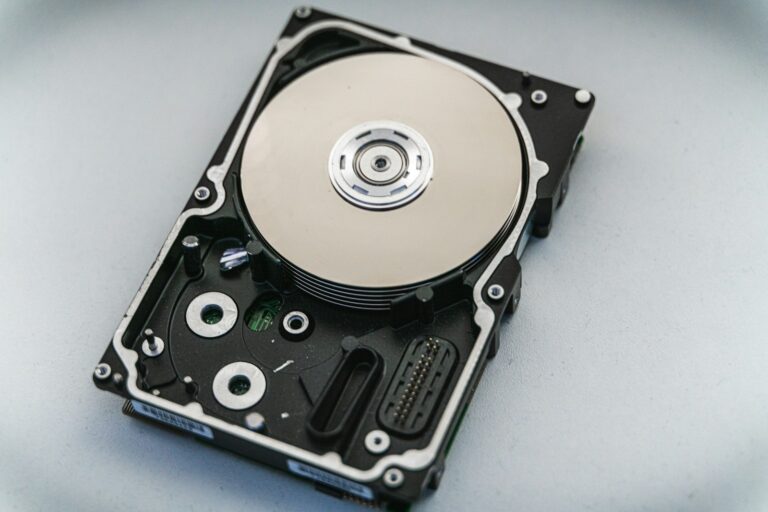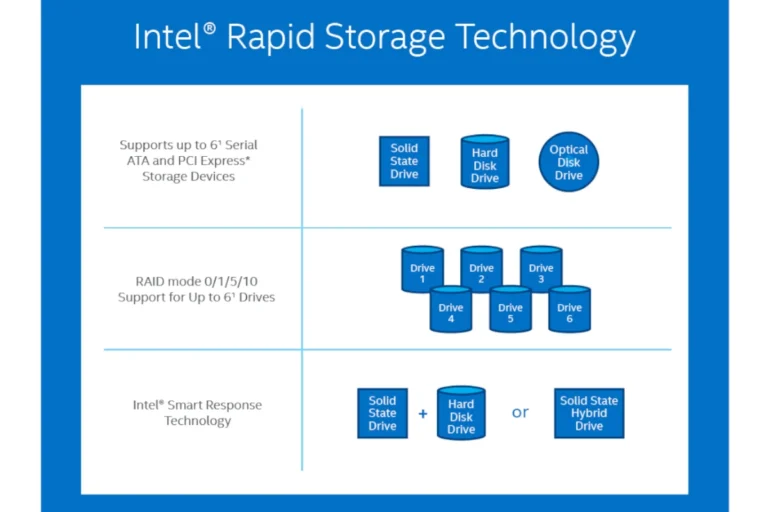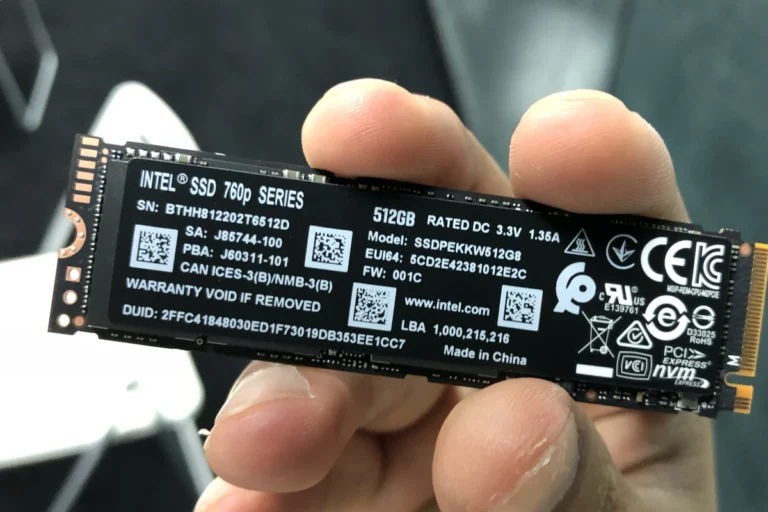Embedded MultiMediaCard, or eMMC, is a form of flash memory storage integral to a plethora of consumer electronics. eMMC 5.1, in particular, represents a significant stage in flash storage technology, being widely utilized in mobile devices such as smartphones and tablets. This standard is defined by JEDEC, the global leader in developing open standards for the microelectronics industry. eMMC 5.1 provides a cost-effective, compact storage solution that meets the needs of various gadgets, coupling adequate data transfer speeds with robust memory management capabilities.
As a successor to its predecessors, eMMC 5.1 offers improved performance that benefits both the hardware it’s integrated into and the end-users who rely on these devices daily. It boasts maximum sequential read speeds of up to 250 megabytes per second and write speeds reaching 125 megabytes per second. Furthermore, eMMC 5.1 supports higher random read and write input/output operations per second (IOPS), enhancing the user experience in multitasking and demanding applications. The standard also includes features that allow for better power management and efficiency, which is crucial for the battery life of portable electronics.
The integration of eMMC 5.1 into consumer electronics involves sophisticated memory management, ensuring both reliability and stability. This flash memory standard operates in conjunction with an embedded flash controller, which regulates crucial aspects such as ECC (Error-Correcting Code) and wear leveling. This integration supports the longevity of devices, as the flash controller mitigates the wear and tear on the memory cells, preserving the integrity of stored data over time.
Key Takeaways
- eMMC 5.1 is a flash memory standard used widely in smartphones and tablets.
- It offers improved speed and efficient power management over previous versions.
- The embedded flash controller in eMMC 5.1 ensures reliable data retention and longevity.
Technical Specifications and Performance
eMMC 5.1 is a storage solution that delivers significant enhancements in speed and efficiency for non-volatile memory requirements in devices such as smartphones and tablets.
Speed and Efficiency
eMMC 5.1 boasts notable improvements in data transfer speeds. It achieves sequential read speeds up to 800MB/s, which is a marked advance over its predecessors. Particularly, it surpasses eMMC 5.0 standards by a factor of ten in sequential data reading. For random write IOPS, this version provides the potential for faster execution, ensuring timely saving and retrieval of data with enhanced low power consumption.
Capacity and Densities
The embedded MultiMedia Card 5.1 comes in varied storage capacities including popular sizes like 32GB and 64GB. These capacities are adequate for the typical smartphone or tablet, providing ample space for a solid-state storage experience. With NAND flash technology, it integrates multiple gigabytes of storage and a controller into a small package, enabling slim mobile designs.
Supported Devices and Applications
eMMC 5.1 is primarily used in portable electronics such as smartphones and tablets, where efficient and reliable storage is imperative. Its write speeds and random read capabilities make it suitable for these applications, ensuring that devices can handle the demands of modern usage. The interface of eMMC 5.1 is versatile, offering compatibility with a variety of consumer electronics beyond just mobile devices.
Hardware Integration and Memory Management
When devices like smartphones and tablets store data, they rely on flash memory chips. The right hardware and firmware can manage this storage effectively, which is where eMMC 5.1 comes in. It ensures swift and reliable saving and retrieval of information, thanks to specialized features and capabilities.
Controller and NAND Interface
eMMC (Embedded MultiMediaCard) 5.1 standard includes a controller that acts as a bridge between the flash memory component and the device’s main processor. Its primary role is managing the communication via a high-speed serial interface, ensuring that commands and data flow seamlessly to and from the NAND flash memory found in mobile and industrial applications. The controller tackles reads and writes in a specific order, which can be particularly important for sequential writes, as they often determine the speed at which data can be transferred to the memory.
The interface designed for eMMC is made to be efficient; for example, it contains a feature known as Secure Write Protection, safeguarding data against unwanted changes. Industrial uses often require such safety measures due to the critical nature of the data involved.
Advanced Features and Functionalities
eMMC 5.1 introduces several advanced features to enhance performance and reliability. Notably:
- Command Queue Function: This allows multiple commands to be lined up, improving the random read and write performance by organizing the order in which data is processed.
- Power Management: The standard incorporates sophisticated power management technologies to reduce power consumption in standby and during active data transfers, which is essential for battery-dependent devices.
These improvements make the eMMC 5.1 standard a key player in the semiconductor industry. The hardware/firmware integration offers a balanced solution for storing and managing data in various devices, from handheld computers to navigational systems. It maintains high performance and energy efficiency, which remain critical factors in the design and longevity of mobile applications.
Frequently Asked Questions
This section answers some common queries regarding eMMC 5.1 to help you understand its features and capabilities.
How does eMMC 5.1 compare to SSDs in terms of speed and performance?
eMMC 5.1 offers decent read and write speeds suitable for many portable devices. However, solid-state drives (SSDs) surpass eMMC 5.1 in terms of performance. SSDs have higher data transfer rates and are better for intensive tasks.
Can I upgrade my device’s eMMC 5.1 storage to a higher capacity?
Upgrading embedded storage like eMMC 5.1 can be complex and not always possible. It’s usually soldered onto the device’s motherboard, and increasing its capacity might require professional help or may not be feasible.
Are there notable differences between eMMC 5.1 and eMMC 5.0 specifications?
eMMC 5.1 brings enhancements over eMMC 5.0, such as improved write speeds and command queuing which boosts multitasking capabilities. There’s also secure write protection in eMMC 5.1.
What devices typically use eMMC 5.1 storage technology?
eMMC 5.1 is commonly found in tablets, lower-end smartphones, and some budget laptops. It’s chosen for its compact size and cost-effectiveness.
How does the eMMC 5.1 standard impact battery life in portable devices?
eMMC 5.1 is efficient and requires less power compared to other high-performance storage options. This efficiency contributes positively to the battery life of portable devices.
What are the limitations of using eMMC 5.1 storage in modern electronics?
eMMC 5.1 has limited write cycles and lower performance compared to newer storage technologies like UFS and NVMe. Its data transfer speeds may not meet the demands of high-end computing tasks.

